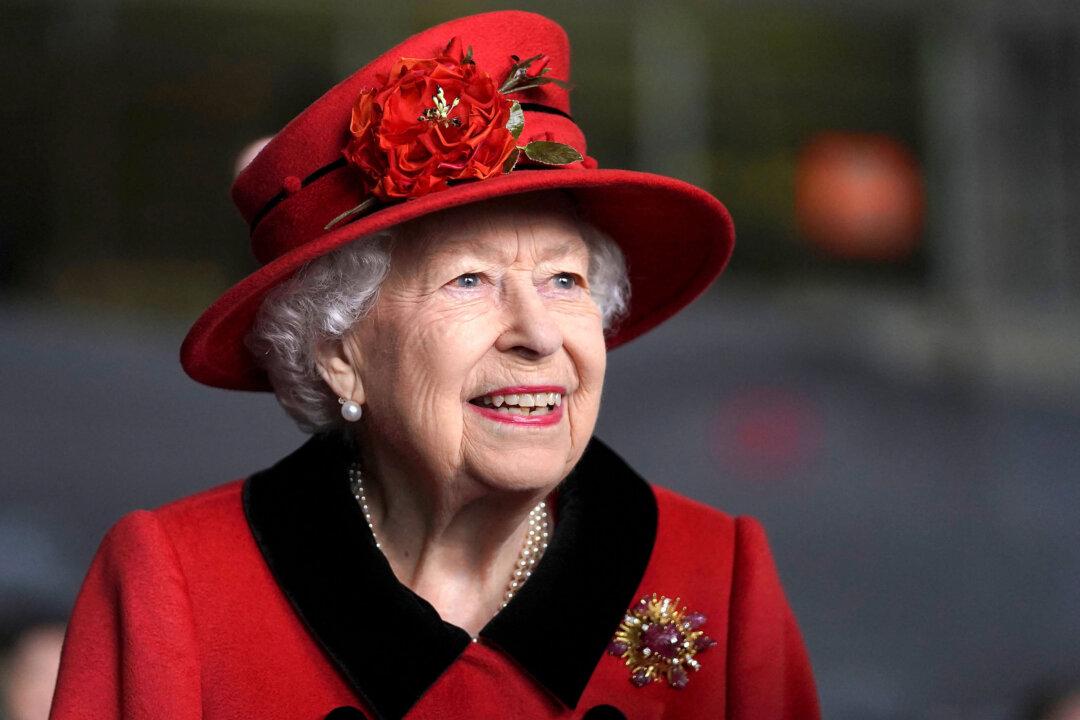Queen Elizabeth II, the longest-serving monarch in British history with a reign of 70 years and 214 days, died at age 96 on Sept. 8.
The Prince of Wales is now King, having acceded to the throne immediately upon the death of his mother.

Queen Elizabeth II, the longest-serving monarch in British history with a reign of 70 years and 214 days, died at age 96 on Sept. 8.
The Prince of Wales is now King, having acceded to the throne immediately upon the death of his mother.